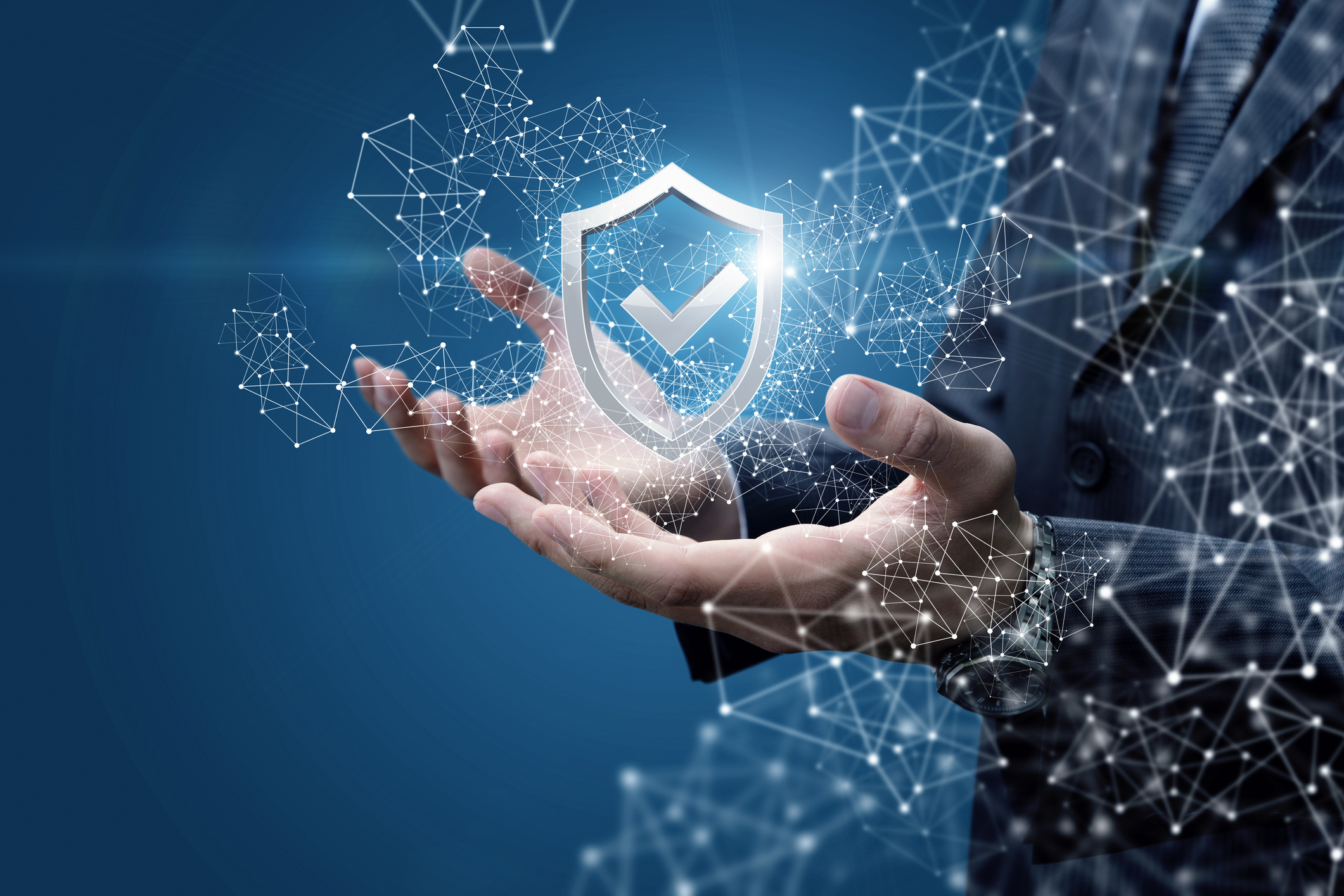In this blog, we'll touch upon the topic Cybersecurity:
Cybercrime remains a threat globally and according to the BKA, Germany’s Federal Criminal Police Office, there is no exception for Germany. Hackers target businesses of all sizes, from mid-sized companies to critical infrastructure. This blog sheds light on these mechanisms and how Almefy helps safeguard your data through the complete elimination of passwords, two-factor authentication (2FA) and single sign-on (SSO).
What you need to know to protect your business now
If your business operates in Germany, the BKA, Germany’s Federal Criminal Police Office, didn’t exactly have comforting news to share in Cybersecurity to close the year 2023. According to its most recent report, it registered 136,865 cases of cybercrime. While that equals a 6.5% decrease compared to the official numbers of 2022, the estimated number of unreported cases is at up to 90%.
And if you’re thinking hackers are probably only going after the big fish, we hate to disappoint you. On the seemingly endless list of recent breaches and ransomware attacks, you’ll find everything from mid-sized enterprises and German arms of international companies to companies that are part of Germany’s critical infrastructure and a German soccer club.
That’s not to say hacks are only happening in Germany. Recent cyber attacks in Estonia, Australia, and the U.S. clearly paint a different picture. Still, the sheer number of events in Germany specifically suggests that lately, it has become a primary target.
Now, we don’t just want to throw out a bunch of bad news and let you fend for yourself. Instead, we’ll walk you through the mechanics of all those cases so you can prevent them from happening to you.
What types of attacks are most common, and how do they work?
Maybe you follow legislative changes or even technology trends. In that case, you might ask yourself, “What changed over this last year?” Actually, it seems like we saw a lot of patterns in 2023 which security experts had already expected back in 2022. Nevertheless, those latest attacks are often existentially threatening, according to the BKA. That’s because phishing and ransomware attacks are among the most common scenarios.
To realize the economic dimensions, let’s step away from the technicalities for a moment. Think of your computer network as a busy highway and the cars passing by as information packages. Ransomware attackers are like bandits who set up a blockade, demanding tolls from every vehicle that moves by. They’ve essentially hijacked your digital highway and won’t let it function normally until their toll, or ransom is paid.
This may sound a lot like the Wild West to you. In the digital world, however, it’s unfortunately still far too commonplace. According to Coveware, 41% of ransomware victims paid the attackers in 2022.
German users also fell victim to other scams more often than those in other nations, as Group-IB’s research on Classiscam and fake bank login pages indicates. These social engineering attacks are less apparent because they work like any other con game. Attackers either distract you or pretend to be someone else, such as a software provider, to get to your company information.

Embracing change: How to tackle hesitations and address cybersecurity gaps
Now, we’d love to say, “Install our solution and ride off into the sunset,” but we get it. Wrangling with new solutions can feel like wrestling a digital bull, especially for small and medium-sized companies. Here’s our guide to a smooth and secure transition.
First, think of incorporating security measures as navigating uncharted waters, not yet another task on your to-do list. Involve your team and/or stakeholders early to see which steps you can take in-house. Without their buy-in, you’re already headed for trouble, even if nobody attacks you.
Next, check how the new solution can integrate with your existing infrastructure. It needs to add value and be easy to use. This is also an opportune time to assess the risks you might encounter if you were in one of those headlines. If your business is still running on typewriters, you’re good to go, but pretty much everything else warrants a closer look.
The solution is already right in front of you
At Almefy, we follow breaches and phishing attacks closely because we’re passionate about providing tools that are not just secure but easy to use. Our single-sign-on and two-factor authentication solutions in one step help you circumvent passwords and replace them with cross-application single-sign-on.
No need to worry about a co-worker lost in thoughts passing along their login credentials because no hacker will be able to use them. And before you stress over compatibility issues: We already enabled most industry-leading software vendors like Microsoft Office, Atlassian, Salesforce, WordPress and Personio to ensure most office teams can just log in once and forget about security issues.
We also know that data privacy is a big concern. You don’t want to solve your password issues by handing them over to someone who hasn’t even heard about the GDPR. Well, you’re in luck.
Almefy is a German-based company and 100% GDPR-compliant in the authentication process provided.
Without a reliable and secure infrastructure, it’s not a question if you’ll be hacked but when. The writing is on the wall. But if you need a little more context, just reach out to our expert team. We’re here to support you and discuss which option will keep you safe in 2024 and beyond.








